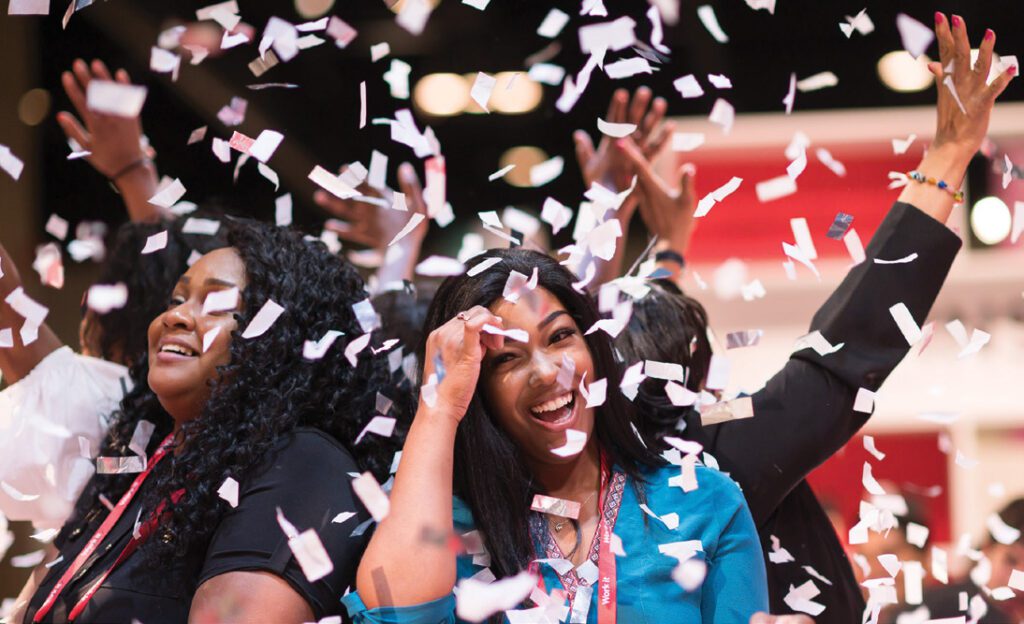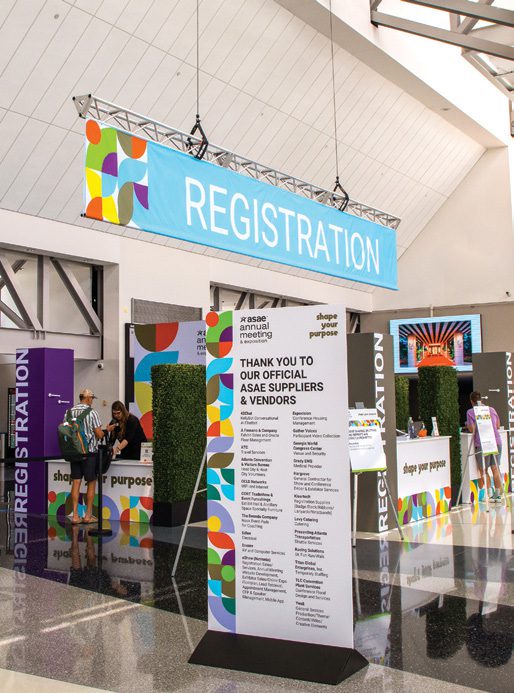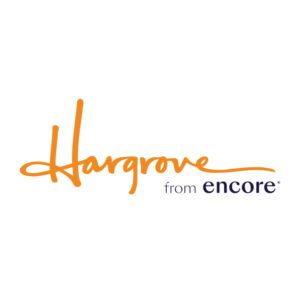BUILT FOR BELONGING: INNOVATIONS IN DESIGNING INCLUSIVE EVENT SPACES
–Christine Kiesling, VP, Customer Experience, Hargrove
 The evolution of event design has shifted; creating experiences that foster belonging and inclusivity is non-negotiable. As event professionals, it’s crucial to understand how to design exhibits and event spaces that not only captivate but also make everyone feel welcomed. As part of our commitment to designing engaging and accessible event spaces, Hargrove invested in research to uncover what audiences will expect from the Event of the Future. With those research findings and our decades of experience in production and fabrication, Hargrove is exploring innovative strategies to design event spaces that resonate with diverse audiences while maintaining the engagement factor.
The evolution of event design has shifted; creating experiences that foster belonging and inclusivity is non-negotiable. As event professionals, it’s crucial to understand how to design exhibits and event spaces that not only captivate but also make everyone feel welcomed. As part of our commitment to designing engaging and accessible event spaces, Hargrove invested in research to uncover what audiences will expect from the Event of the Future. With those research findings and our decades of experience in production and fabrication, Hargrove is exploring innovative strategies to design event spaces that resonate with diverse audiences while maintaining the engagement factor.
The Essence of Inclusive Event Spaces
Inclusivity begins with the very foundation of event design. Event spaces should be designed with the intention of accommodating attendees across all dimensions of diversity, which includes creating accessible spaces. For example, open floorplans, ADA compliant counters, and integrating ramps ensures that individuals with mobility aids or service animals can navigate an exhibit space or show floor with ease. But inclusivity goes beyond mobility; it extends to visibility considerations with high-contrast signage, lighting techniques for diverse skin tones, and countless technology integrations to enhance the attendee experience.
Data-Driven Inclusive Design
Events of all formats can be tech-first and datadriven, deepening engagement and measuring interactions while also ensuring the authenticity of human connections. Leveraging technologies that track, measure, and interpret attendee behavior will be paramount in creating more inclusive, personalized experiences. Asking accessibility questions as part of the discovery phase of event strategy and during pre-event registration can help guide the design process, ensuring that attendees have the support and resources they need in place. Tools like real-time data capture gives event organizers the chance to adapt and encourages attendees to provide feedback.
“Now more than ever, events are expected to be designed for the individual, curated to ensure that both the attendee’s personal and professional values are met. By designing inclusive events, you empower the individual and create experiences that are overall better for everyone.”
–Christine Kiesling VP, Customer Experience, Hargrove
 Flexible and Transformative Spaces
Flexible and Transformative Spaces
Designing for inclusivity means creating spaces that are adaptable to different needs. A flexible exhibit space can be transformed to be more accessible and neuroinclusive, the same way one would customize spaces for thematic effect. Experience design is moving away from viewing digital technologies solely as complements to booth space, and instead placing greater importance on the transitional spaces in the physical world. Curating engagement opportunities in the in-between spaces and within a trade show environment can allow the use of technology to both bring people together and give space to those needing to rest and reset. This keeps social wellbeing integrated across the event space.
Creating Shared Experiences
Belonging is often derived from shared experiences. It’s important to design event spaces that foster connection and empower attendees to customize their experience. For example, lounge areas for casual networking, interactive sessions, and discussion corners or small group sessions can prompt spontaneous conversations, leading to connection and a feeling of community among attendees. Incorporating these into the overall event allows attendees to curate their own personalized experiences while also building a shared sense of community.
Designing event spaces that foster belonging and inclusion is a journey that merges innovation and creativity. Redirecting the design focus to prioritize inclusivity is the catalyst that transforms events into platforms where all individuals can connect and engage authentically. By strategically focusing on designing for belonging, we’re guiding our clients to create memorable experiences that contribute to a more connected and inclusive world.







